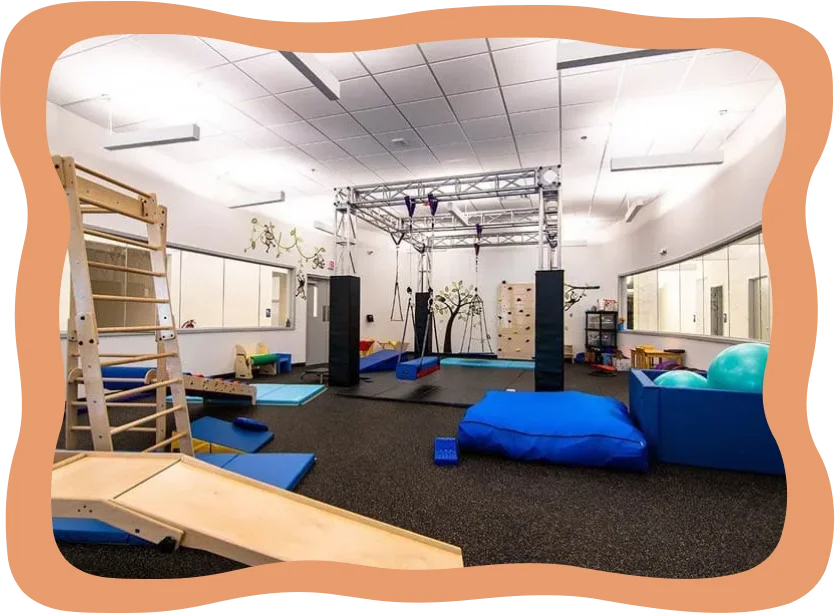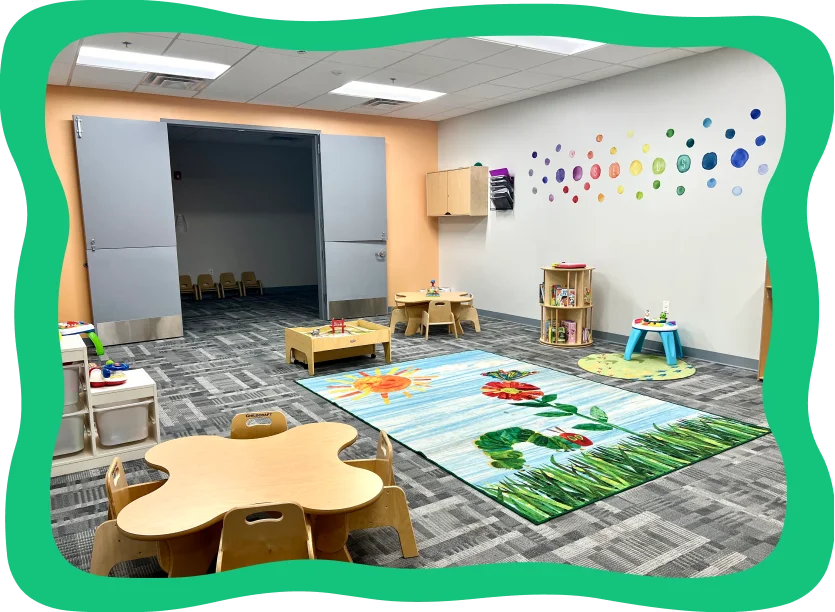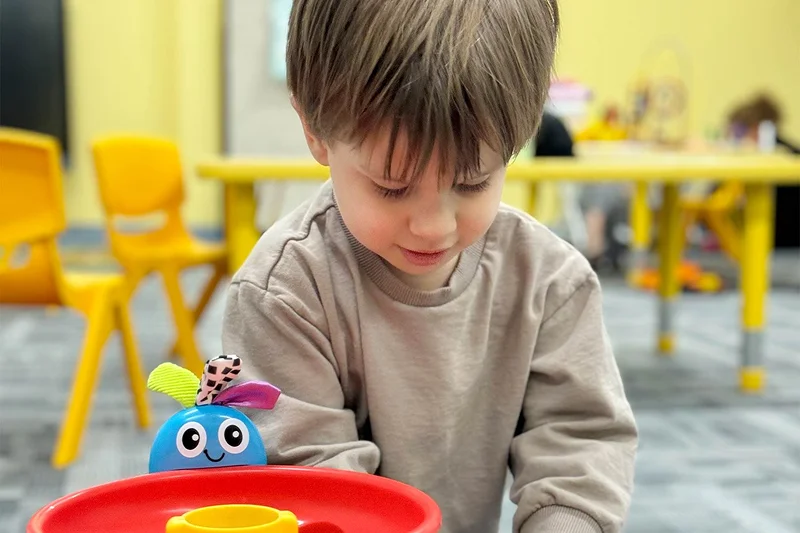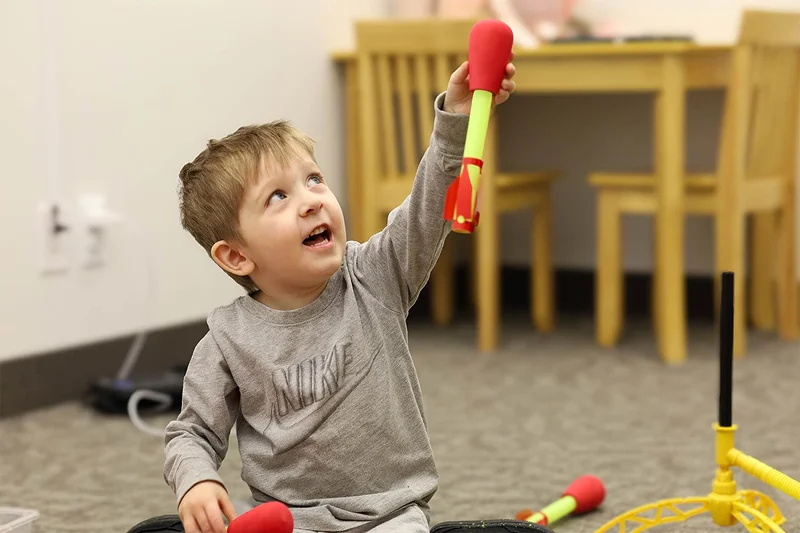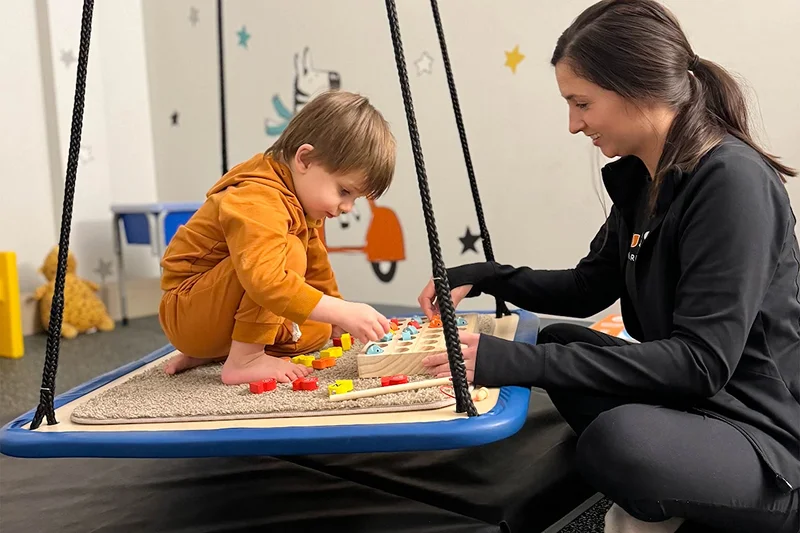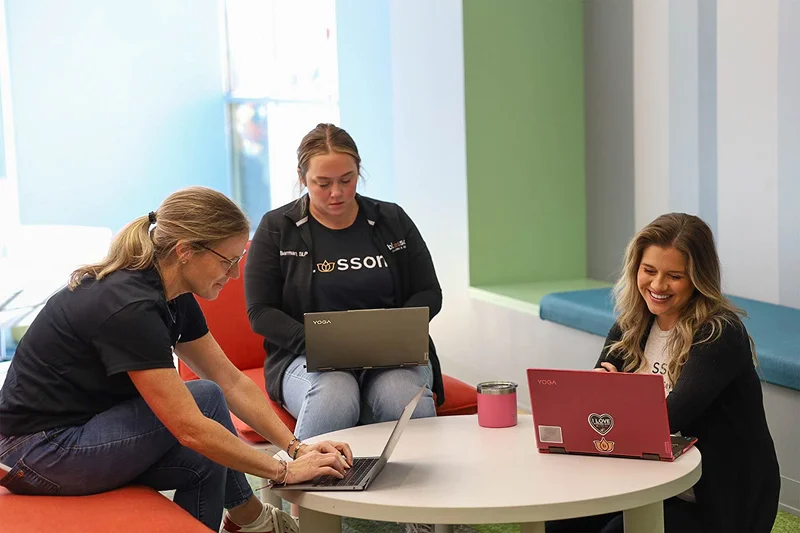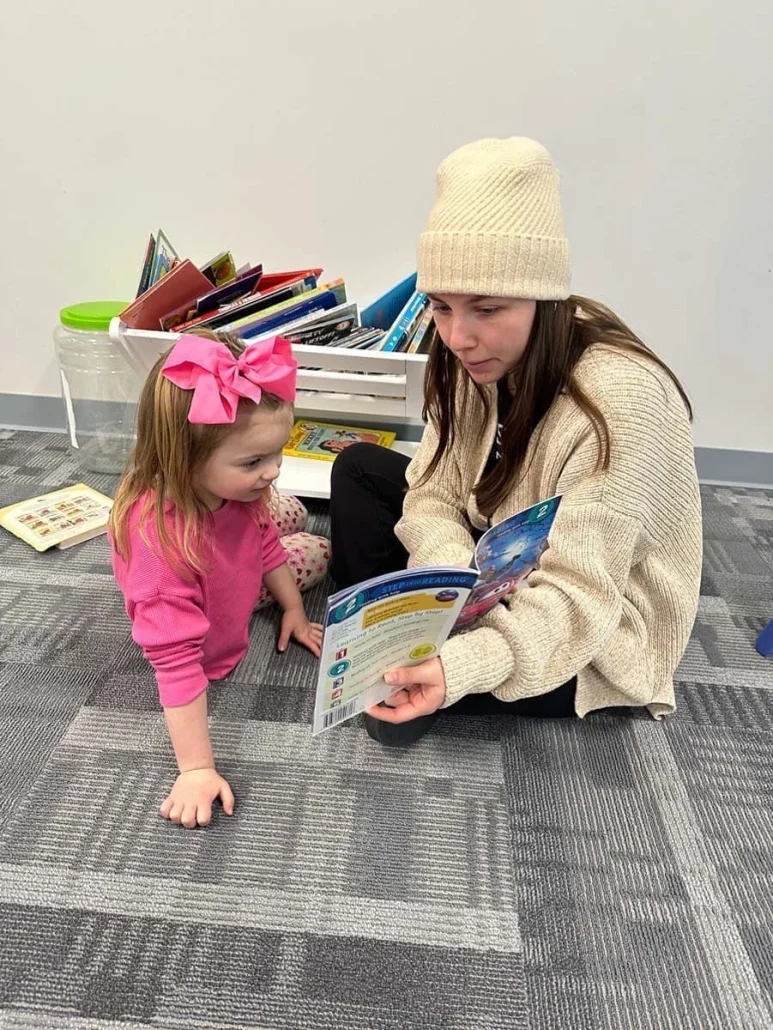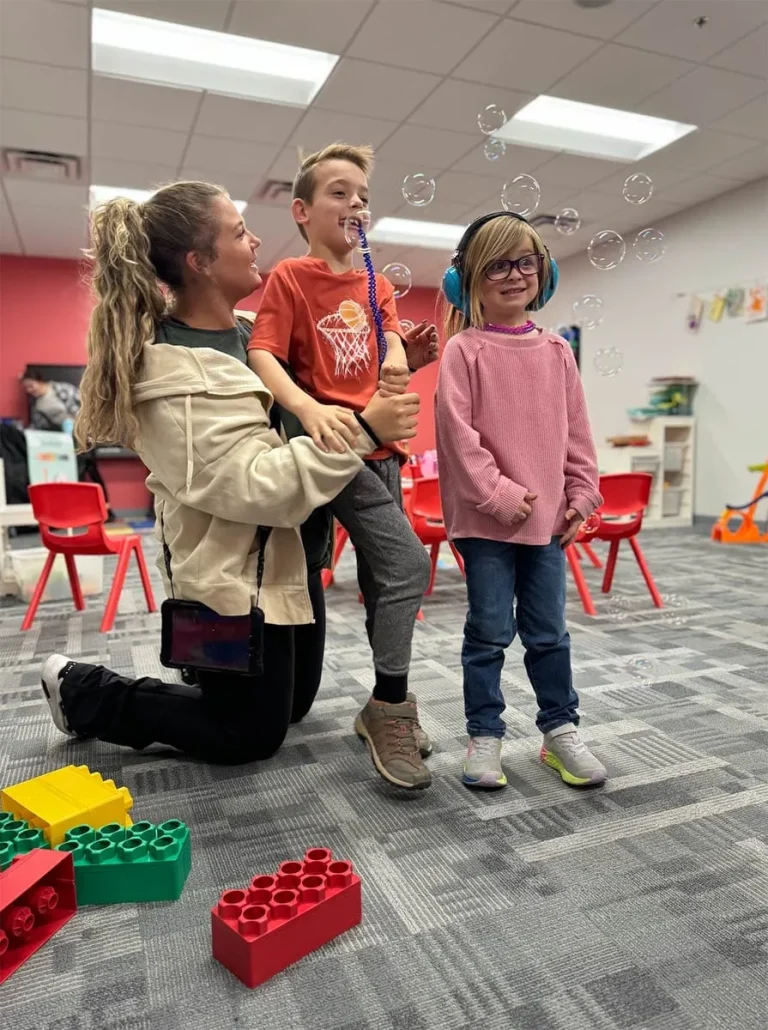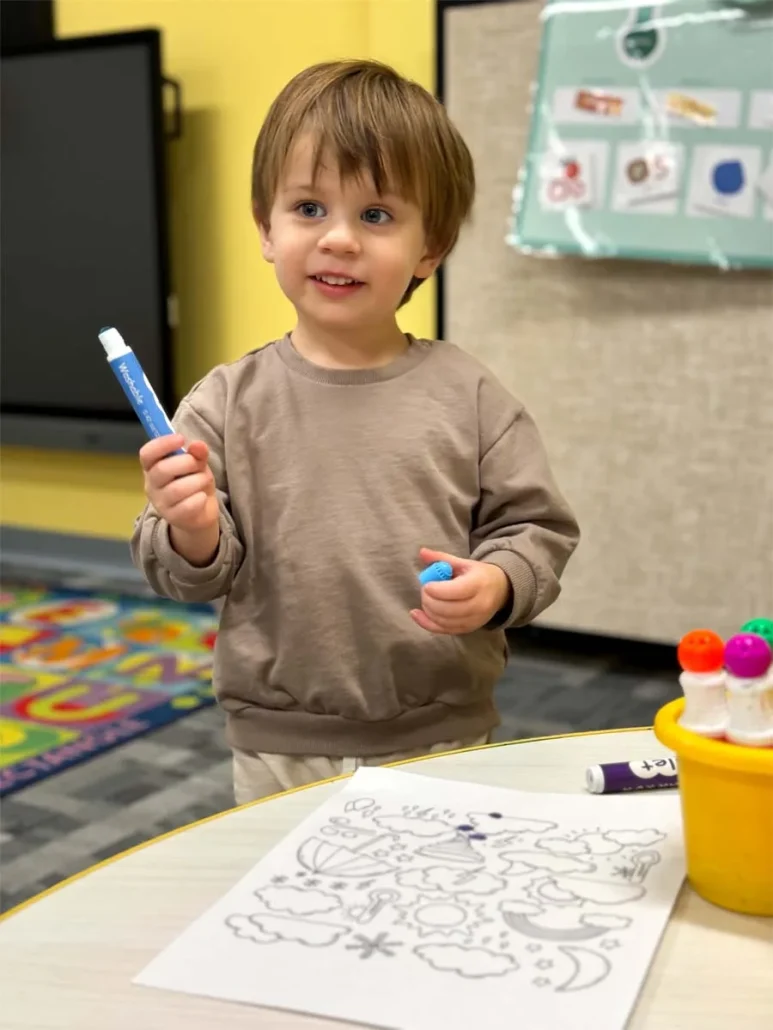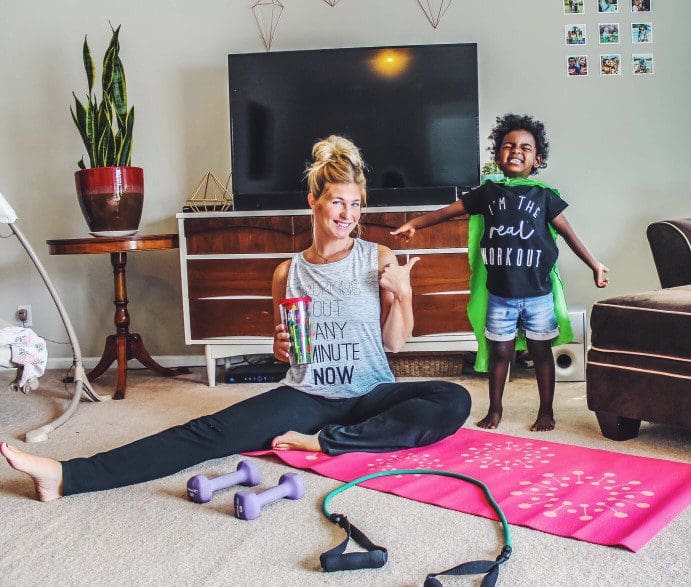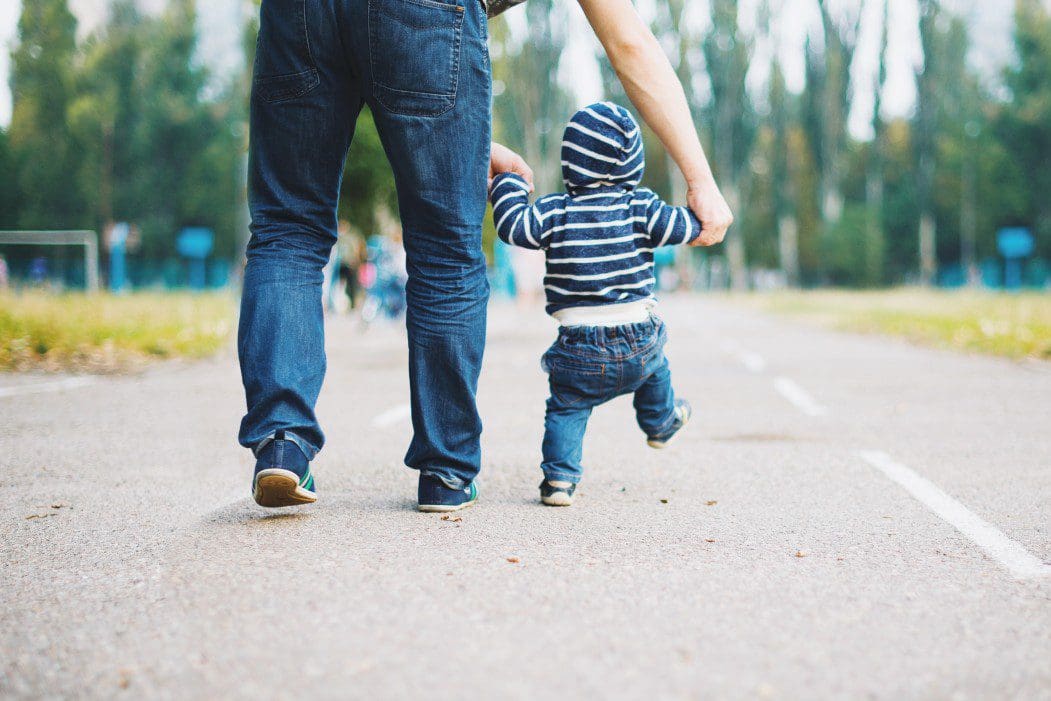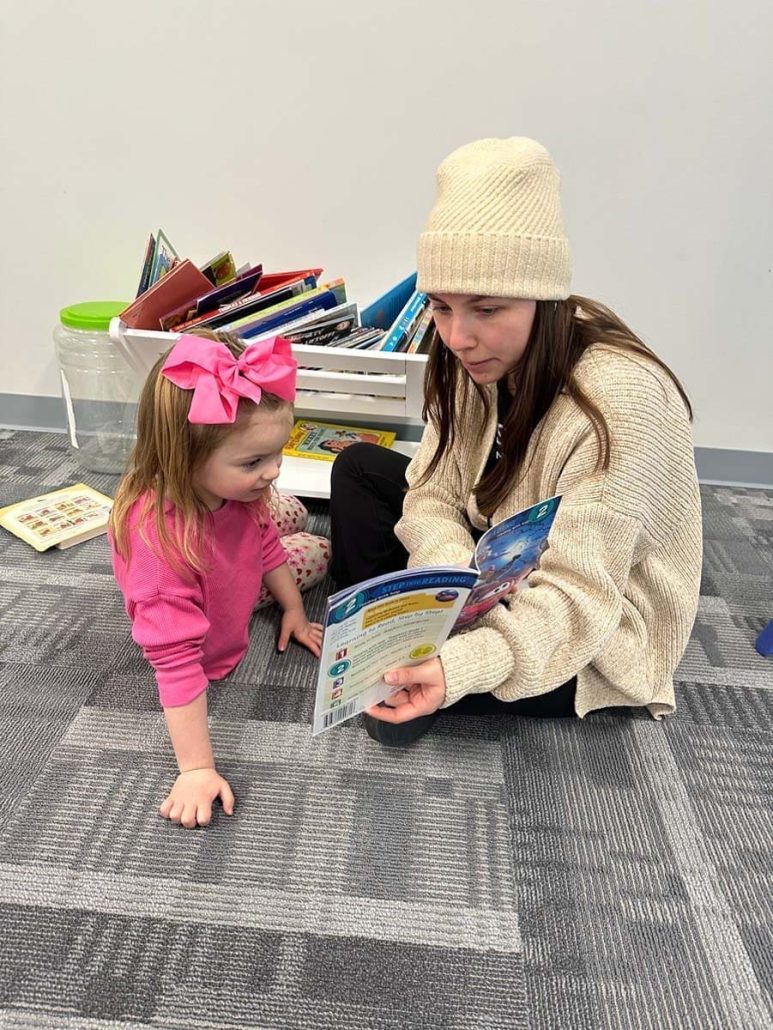Whether you suffer from anxiety, depression, or have autism, you’ve likely found yourself feeling overwhelmed or overstimulated, which can happen far too often, even when we are in the comfort of our own homes. Many adults and children show symptoms of stress and fatigue and can positively benefit from a variety of calming strategies. No matter what you’re going through, you can find relief, whether that be in the office of a licensed therapist or by practicing therapy at home.
We will focus on learning calming strategies and therapy at home techniques for children with autism. We will learn several ways to help your child with autism find peace at home, including:
- How to create a calming environment at home
- Learning everyday stressors for children with autism
- Calming strategies for children with autism
The daily stressors of having a child with autism can take a toll on parents, too – we will guide you to some mindfulness techniques that parents can utilize as well. Let’s get started in understanding the benefit of learning coping skills and calming strategies for us in the home.
Learning Coping Skills at Home
Implementing therapy at home with a variety of calming strategies can help both children and adults. There are so many reasons that contribute to a feeling of uneasiness, discomfort, or overload. Some of these contributing factors may include feelings of stress and anxiety or living with autism.
Teaching these coping skills and strategies can be a great help for children, especially for children with autism. Teaching calming strategies can help children manage and deal with their feelings and outbursts. When your child is learning different ABA therapy skills, it’s essential to apply and incorporate these therapeutic techniques in practice at home. We will cover several calming strategies that benefit children with autism.
Creating a Calming Environment at Home
Being at home can be the most calming place for many people, but when a lot is going on, you can still become overwhelmed at home. In conjunction with practicing therapy at home and calming strategies, you can adjust your home to be a calmer environment.
If you’re dealing with anxiety, sensory-overload, or other issues, consider making these adjustments to your home:
- Use warm, dimmable lighting
- Place items that bring you comfort and joy around the home
- Create a dedicated space for therapy at home
Sensory overload is a common issue for children and adults with autism. You can equip your home with options or ways to lessen sensory overload, like installing a light dimmer. These simple steps can go a long way in relieving any tensions, stresses, or anxiety experienced at home. Additionally, keeping items around your home that bring you peace or comfort, like a favorite blanket or stuffed animal, can help make you feel calmer.
If you have space or can create the space, try to have a dedicated area where you can practice and apply calming strategies from your therapist in the form of therapy at home. At home therapy techniques can be done at home. Aim to have a safe, quiet, and calm space to lessen distractions. This space can also be used to reach out externally if you’re seeking comfort from a friend, family member, or therapist. Creating a calming environment is deeper than perfecting a home’s physical space.
Creating an optimal home, especially for children with autism, involves a family effort. All household members should strive to create an atmosphere that is comfortable by reducing any stress levels. This type of environmental change could mean something as simple as reducing excess noise when possible. A child’s home environment and the ABA therapy environment should feel warm, secure, and safe.
Use the above checklist when you’re feeling overwhelmed to bring immediate relief to your environment. Placing yourself in a calm, relaxing environment can help you or your child practice calming strategies more efficiently.
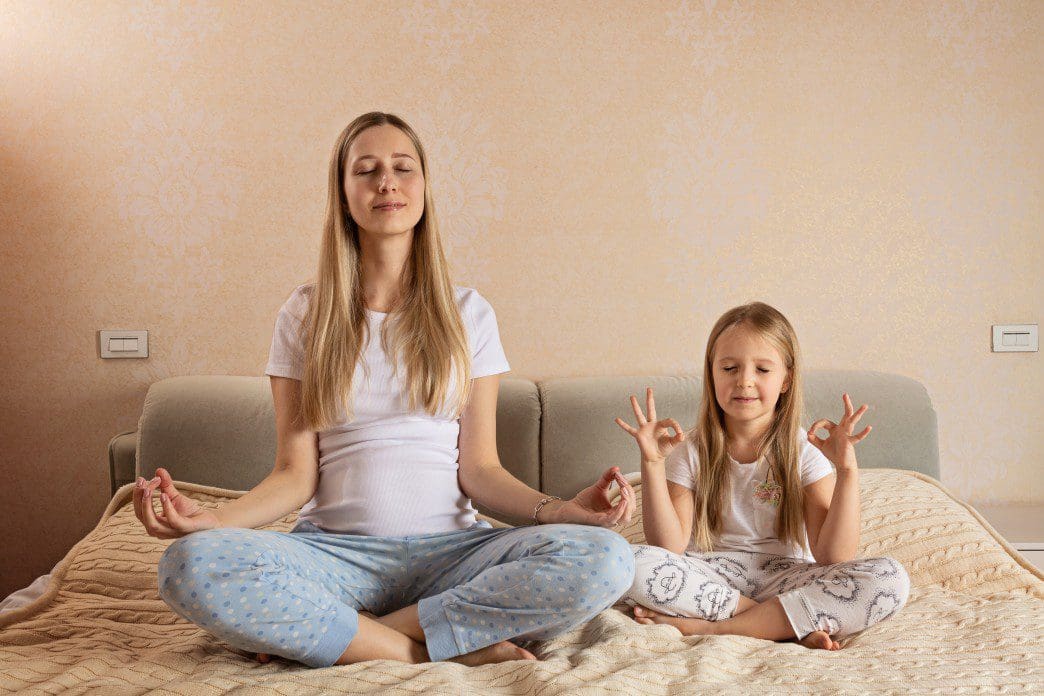
Everyday Stressors for Children with Autism
If you have a child with autism, ABA therapy will provide an excellent and customized program to teach your child a variety of necessary skills, including self-soothing. These skills are learned in the office to be applied in social settings and at home. If you are looking for ways to help create a calming environment for your child with autism, keep a lookout for these everyday stressors for children with autism:
- Sensory issues
- Visual overstimulation
- Changes in routine
Having a sense of what can be causing your child stress can help you be proactive in mitigating these contributing factors. These outbursts are stressful for parents too. We recommend parents practice understanding the link between mindfulness and autism to help cope with the daily stressors of having a child with autism. With mindfulness techniques, both children and parents can find ways to cope with feelings of being overwhelmed.
Calming Strategies for Children with Autism
In ABA therapy, your therapist will specialize the sessions to your child’s individual needs. These special techniques can be translated into therapy at home, where parents help their children practice and apply learned skills and behaviors.
In ABA therapy and other therapy programs, you may learn these common calming strategies:
- Take deep breaths
- Count to 10
- Distraction
- Physical exercise
A good practice for teaching calming strategies or other ABA therapy skills or at home therapy is to avoid reinforcing challenging behavior. When working with a child with autism, the best way to encourage their practice of calming skills is by using positive reinforcement. Positive reinforcement is also used in ABA therapy and translates to therapy at home.
Learn more about how you can teach or support a person with autism using these calming strategies.
ABA Therapy
Therapy at home is an excellent methodology to use but is not a substitute for ABA therapy. ABA therapy is an excellent option if you are working to help and improve the quality of life for your child with autism. By using a collaborative approach to meet all areas of a child’s development, ABA therapy programs focus on learning and behavior specific to children with autism.
Early intervention is critical when dealing with childhood development delays, so reach out to a therapist and find out if ABA therapy is right for your child. ABA therapy will give your child with autism a structured environment to learn skills such as language development, calming strategies, social skills, and more.
